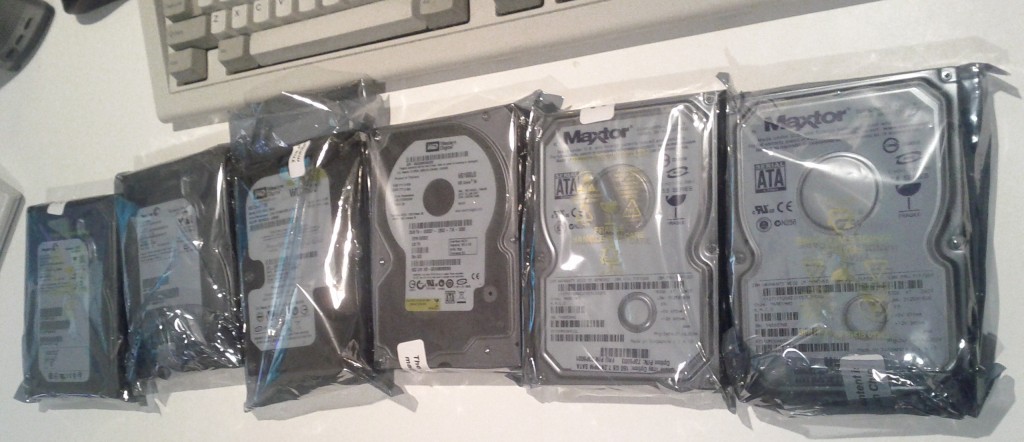I use an ext4 filesystem for a couple large volumes on my virtual machines. I know that btrfs and ZFS are the new cool kids in town for filesystems, but when I’m already running RAID and LVM on the VM server underneath the guest, these newer filesystems with their fancy features don’t add a lot of value for me, so a good, simple, traditional, reliable filesystem is just what I want.
There’s actually a bit of confusion and misinformation online about using ext4 filesystems with RHEL/CentOS (EL) 5 & 6 systems, so just wanted to clarify some things for people.
ext4 uses the same tools as ext3 and ext2 before it – this means still using the e2fsprogs package which provides utilities such as e2fsck and resize2fs, which handle ext2, ext3 and ext4 filesystems with the same command. But there are a few catches with EL…
On an EL 5 system, the version of e2fsprogs is too old and doesn’t support ext4. Therefore there is an additional package called “e4fsprogs” which is actually just a newer version of e2fsprogs that provides renamed tools such as “resize4fs”. This tends to get confusing for users who then try to find these tools on EL 6 or other distributions, so it’s important to be aware that it’s a non-standard thing. Why they didn’t just upgrade the tools/backport the ext4 support is a bit weird to me, especially considering the fact these tools are extremely backwards compatible and should meet even Red Hat’s API compatibility requirements, but it-is-what-it-is sadly.
On an EL 6 system, the version of e2fsprogs is modern enough to support ext4, which means you need to use the normal “resize2fs” command to do an ext4 filesystem resize (as per the docs). Generally this works fine, but I think I may have found a bug with the stock EL 6 kernel and e2fsprog tools.
One of my filesystems almost reached 100% full, so I expanded the underlying block volume and then issued an offline e2fsck -f /dev/volume & resize2fs /dev/volume which completed as normal without error, however it left the filesystem size unchanged. Repeated checks and resize attempts made no difference. The block volume correctly reported it’s new size, so it wasn’t a case of the kernel not having seen the changed size.
However by mounting the ext4 filesystem and doing an online resize, the resize works correctly, although quite slowly, as the online resize seems to trickle-resize the disk, gradually increasing it’s size until finally complete.
This inability to resize offline is not something I’ve come across before, so may be a rare bug trigged by the full size of the filesystem that could well be fixed in newer kernels/e2fsprog packages, but figured I’d mention it for any other poor sysadmins scratching their heads over a similar issue.
Finally, be aware that you need to use either no partition table, or GPT if you want file systems over 2TB and also that the e2fsprogs package shipped with EL 6 has a 16TB limit, so you’ll have to upgrade the package manually if you need more than that.

